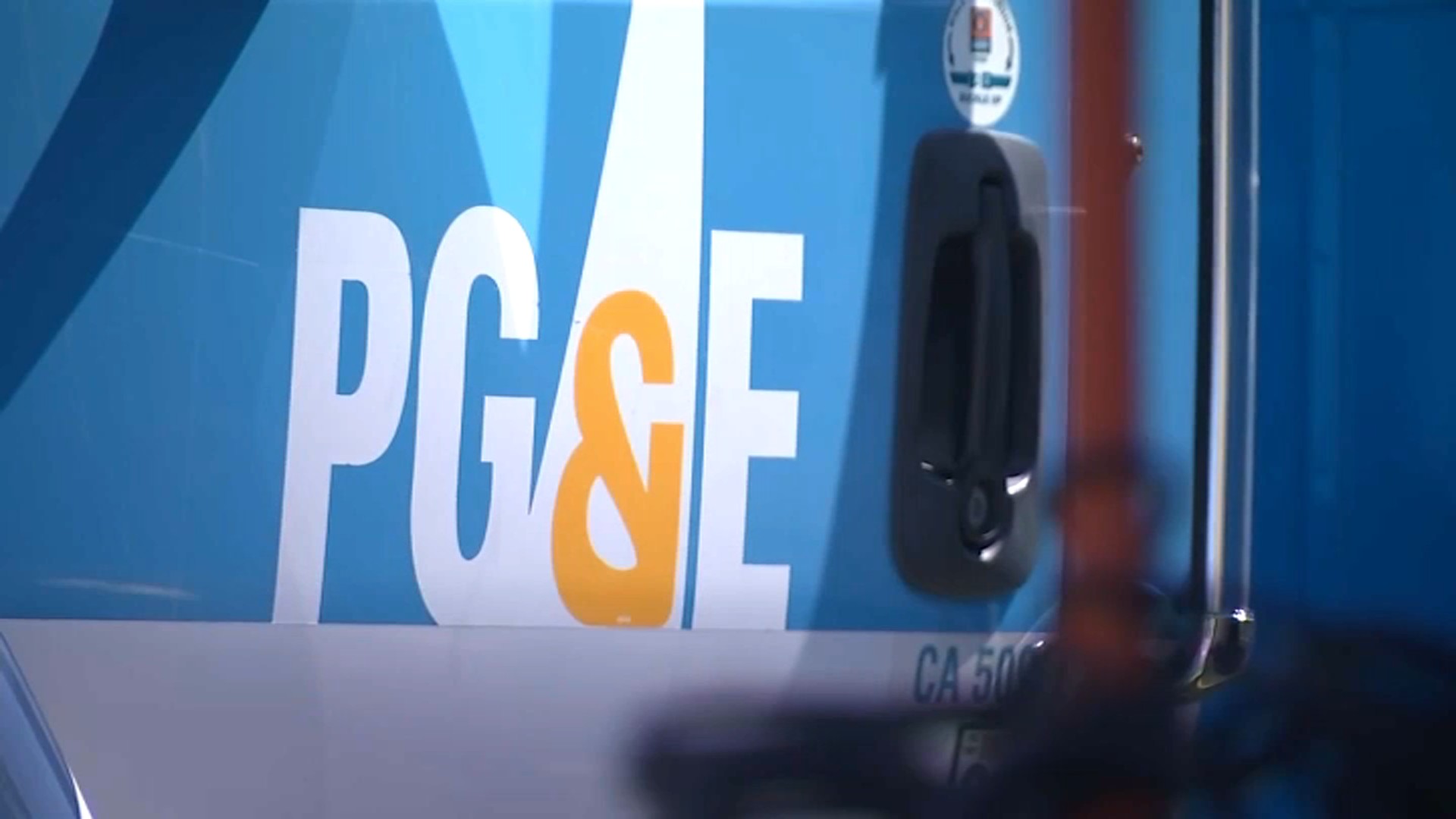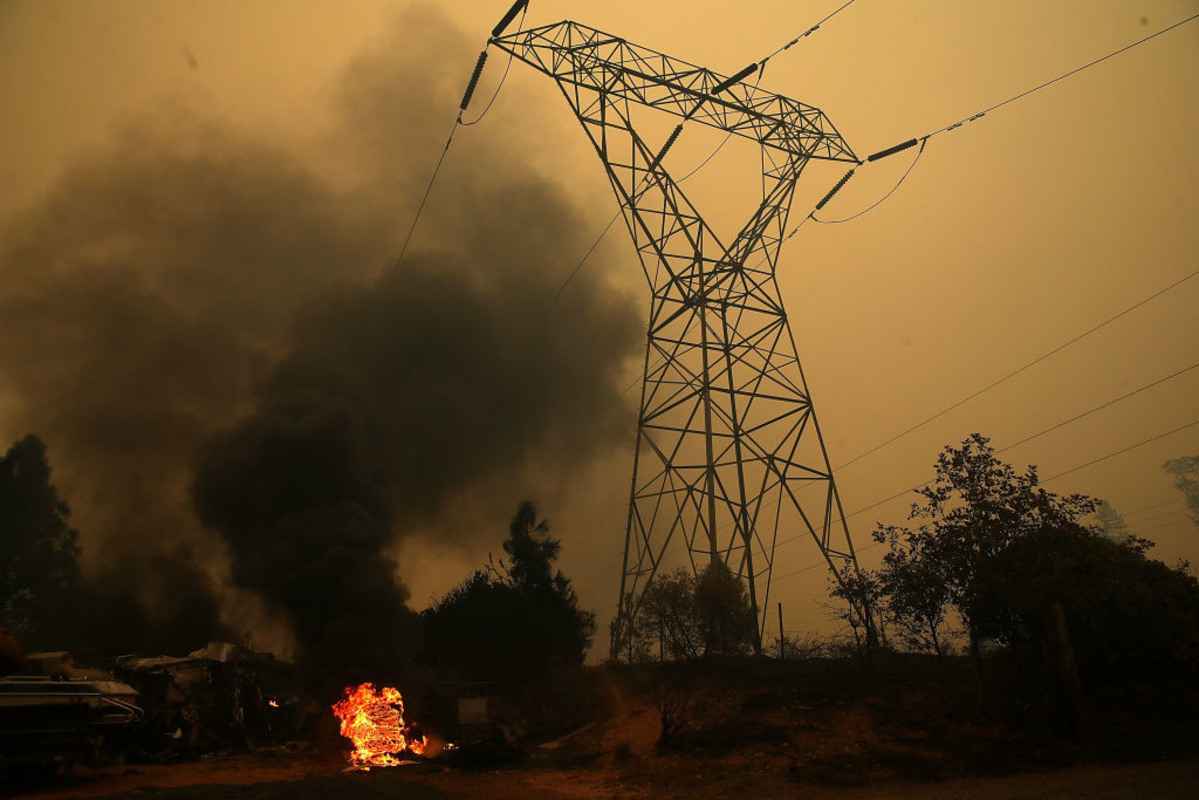While it was a comparatively small fire back in July of 2021, state regulators recently concluded the Brewer Fire exposed sizable flaws in PG&E’s maintenance efforts, just as the utility is facing a backlog of 170,000 unfinished repairs in high-risk areas.
Thanks to calm winds, no one was injured and no structures burned in the fire that scorching summer in the Sierra foothill town of Grass Valley.
The fire was all but forgotten with the onset of the much larger Dixie Fire the same month. That fire, sparked when a diseased, fire-damaged tree fell onto a PG&E power line, burned nearly 1 million acres across five counties north of the Bay Area and stands as the largest single fire in state history.
By comparison, the Brewer Fire burned just 5 acres. Yet in their recent report, state regulators said the small fire revealed "flaws of PG&E’s maintenance program and its failure to provide safe and reliable service." Even PG&E’s own report on the fire cites "multiple missed opportunities that could have prevented the ignition."
"I was shocked by how many places where they could have done the right thing, where they could have taken action," said Ken Buske, a veteran electrical engineer who has investigated more than 1,000 fires.
One of the missed opportunities, he said, involved overheating of the pole Cal Fire’s report blames for the Brewer Fire. Cal Fire’s report cites a photo of a white-hot bolt atop a power pole where the fire started. Cal Fire says the overheated bolt was likely the source of sparks that set fire to the brush below.
Nine months before the fire, that same location on the top of the pole was flagged over severe overheating during a routine thermal inspection, according to inspection records. The notes of the infrared inspection logged a temperature atop the pole approaching 325 degrees, enough under PG&E’s standards to require repair within 30 days.
That 325-degree level, Buske notes, is about the heat level normally set to bake in an oven. He said that every day that pole continued to overheat, the invisible danger grew.
Get a weekly recap of the latest San Francisco Bay Area housing news. Sign up for NBC Bay Area’s Housing Deconstructed newsletter.
"This is an emergency -- somebody needs to flag it," Buske said.
Instead, PG&E’s own records show the work was delayed for six months and then canceled altogether a few months before the fire.
In the review provided to state regulators, PG&E said the decision to downgrade the severity and delay the work was made by a reviewer who "misread" the infrared thermal data. PG&E said in its report that failure was the product of it not providing guidance to its review team on how to interpret the thermal color-scale used to grade temperature buildups.
The work was canceled, the utility said, after a field inspector declared both the pole and the switch to be in "good condition" based solely on a visual check. That finding was made despite PG&E records showing the pole was previously flagged for replacement due to extensive woodpecker damage as well as the overheating previously identified by another inspector on the infrared image.
Buske says he is puzzled how a visual inspection could suffice for the overheating reflected in that infrared image.
"Infrared means that it's hot, but it's something below the range of light that we can see," Buske said. "There are cameras that can see that light, but our eyes don't see it. So sending a man out to see light that our eyes can't see, it doesn't make sense to me."
"The Brewer Fire is an alarm bell," said Nat Skinner, head of safety for Cal Advocates, the independent watchdog arm of the state public utilities commission. "This was the proverbial canary in the coal mine, where almost everything that could go wrong, went wrong."
PG&E says it has made changes since the fire and discovered a total of 17 cases where its field inspectors substituted visual checks for infrared findings. It no longer allows that, it says, and has upgraded other training and inspection standards. It has also launched an "aggressive" program to underground 10,000 miles of distribution lines to further reduce the risk of sparking wildfires.
In a statement, the utility said "PG&E’s proven layers of protection have significantly reduced wildfire risk," and that it has accepted the six allegations lodged by the regulators and paid the $132,500 fine.
But in their final report, state safety regulators say PG&E needs to do more to break the pattern of lapsed maintenance from resulting in "something as catastrophic as a wildfire."
Regulators are especially concerned as the utility faces the 170,000-case maintenance backlog in high fire risk areas, just as the heart of fire season approaches. The utility says its current plan is to cut the risk from that backlog by 77%, but the work is not expected to be done until the end of 2025.
"That's deeply concerning for a company that keeps telling us that everything has changed," Skinner said. "PG&E needs to do better."




